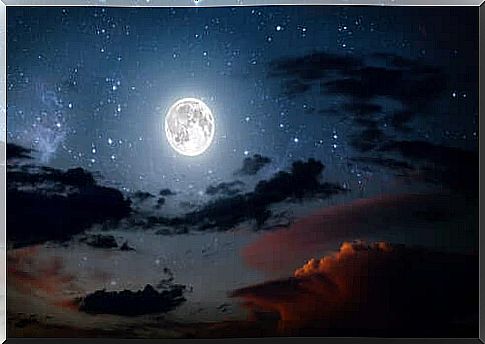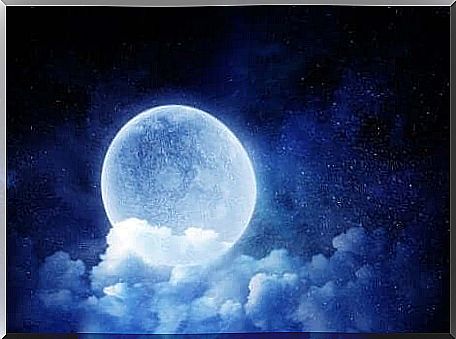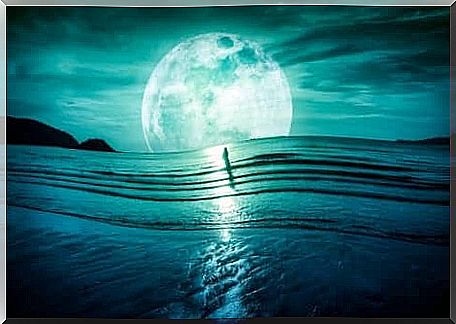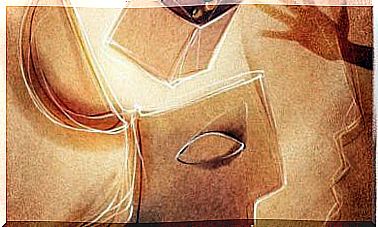Donald Redelmeier And The Influence Of The Moon

The British Medical Journal published some studies by Donald Redelmeier on the effects of the moon. According to these studies, the full moon increases the number of fatal traffic accidents.
This is what the scientist concluded after collecting and analyzing a series of data from different countries around the world.
Donald Redelmeier’s studies made it into the Christmas issue of the aforementioned magazine. This kind of publication, as the name suggests, appears once a year and contains funny, striking and surprising studies, always based on scientific facts.
Man has known the enchantment of the moon for a long time. She continues to inspire poets, lovers and scientists, just like in the old days. The moon shines in the night like an oasis in the midst of a mystery. But does he really exert such an influence on people that it leads to fatal accidents? Donald Redelmeier’s studies seem to prove this indeed.

The studies of Donald Redelmeier
Donald Redelmeier’s studies have a statistical basis. This scientist, who is a researcher at the University of Toronto, and his colleague Eldar Shafir, a researcher at Princeton University, made a curious analysis.
They tracked traffic accidents between 1975 and 2014, in the United States, Canada, the United Kingdom and Australia.
They looked for patterns and they actually found them. However, they weren’t exactly the patterns they expected. Thanks to their research, they found that fatal road accidents seemed to increase and, as a result, the number of injuries and deaths, during full moon nights.
According to their data, there were 988 nights without a full moon during the period they studied. There were 8,535 traffic accidents during that period, resulting in an average of 8.64 deaths per night without a full moon.
During the same period, in the 494 full moon nights, 4,494 traffic accidents occurred with an average of 9.1 deaths per night. The average during the so-called “super moons” even rose to 10.6 deaths per night.
They attribute this to the enchantment of the moon. They found that many drivers are captivated by the beauty of the moon and become distracted. This therefore leads to more accidents.
The spell of the moon according to Donald Redelmeier
Donald Redelmeier’s studies are an anecdotal way of answering a question that humans have been asking for thousands of years. What influence does the moon have on human behavior?
The legend of the “werewolf” is a fantastic way to answer this question: the most animalistic instincts emerge in humans when the moon is full.
Beyond fantasy, there are many who continue to postulate the moon’s influence on animal behavior. Without going too far, Aristotle was convinced that fits of insanity and epilepsy occurred in direct connection with the phases of the moon.
Moreover, Pliny the Elder, a Roman naturalist, fully agreed with this hypothesis.
The word “insane” is common parlance and refers to abrupt changes in behavior, especially during full moon nights. There are several scientific studies on this subject. Almost none of these are completely consistent though, that’s just one.

An interesting study
Psychiatrist David Avery from the United Kingdom had a rather special patient. He had bipolar disorder and was also rather methodical. He also liked to do scientific research.
That’s why he kept a thorough record of his extreme mood swings. When Harvey studied his patient’s notes, he noticed that the sleep fluctuations coincided with the phases of the moon.
The conclusion seemed somewhat absurd to the psychiatrist, and he dropped the subject. However, another well-known psychiatrist, Thomas Wehr, published an article pointing out that seventeen patients with bipolar disorder had a very marked regularity in their mood swings.
Not only that, but their changes coincided with the phases of the moon. This study was based on observations he had made over several years.
Then the two psychiatrists met and joined forces. After some time they both presented their conclusions on different forums and these are in fact correct from an empirical point of view.
There is certainly a coincidence, but other scientists argue that there is another factor influencing this phenomenon that they just haven’t discovered yet.
Most of the scientific community refuses to think seriously about the relationship between the moon and behavior because there is no physical basis to back it up.
In addition, Wehr and Avery’s data could not be replicated. There will certainly be new studies that will shine light where there are still shadows.








